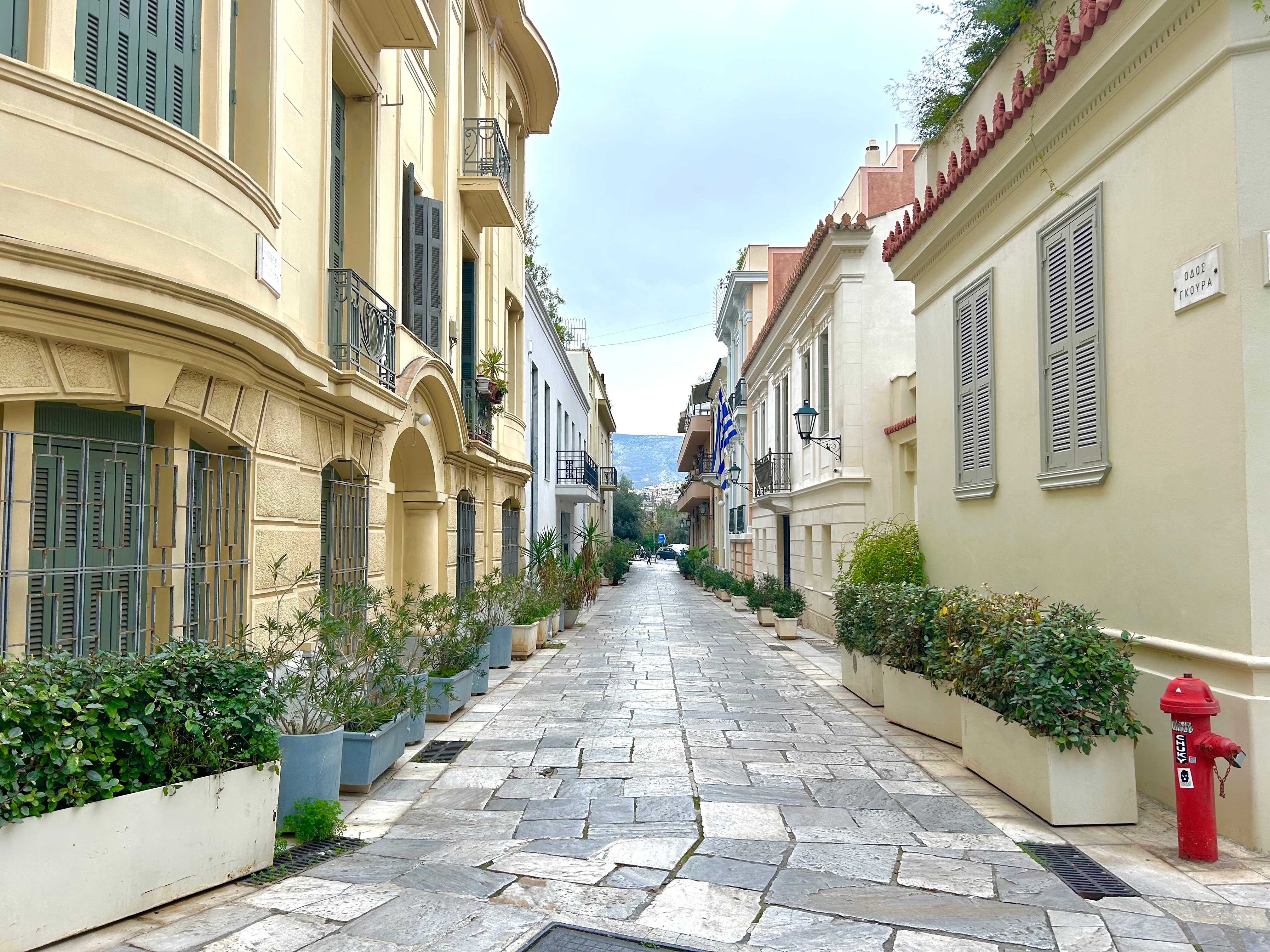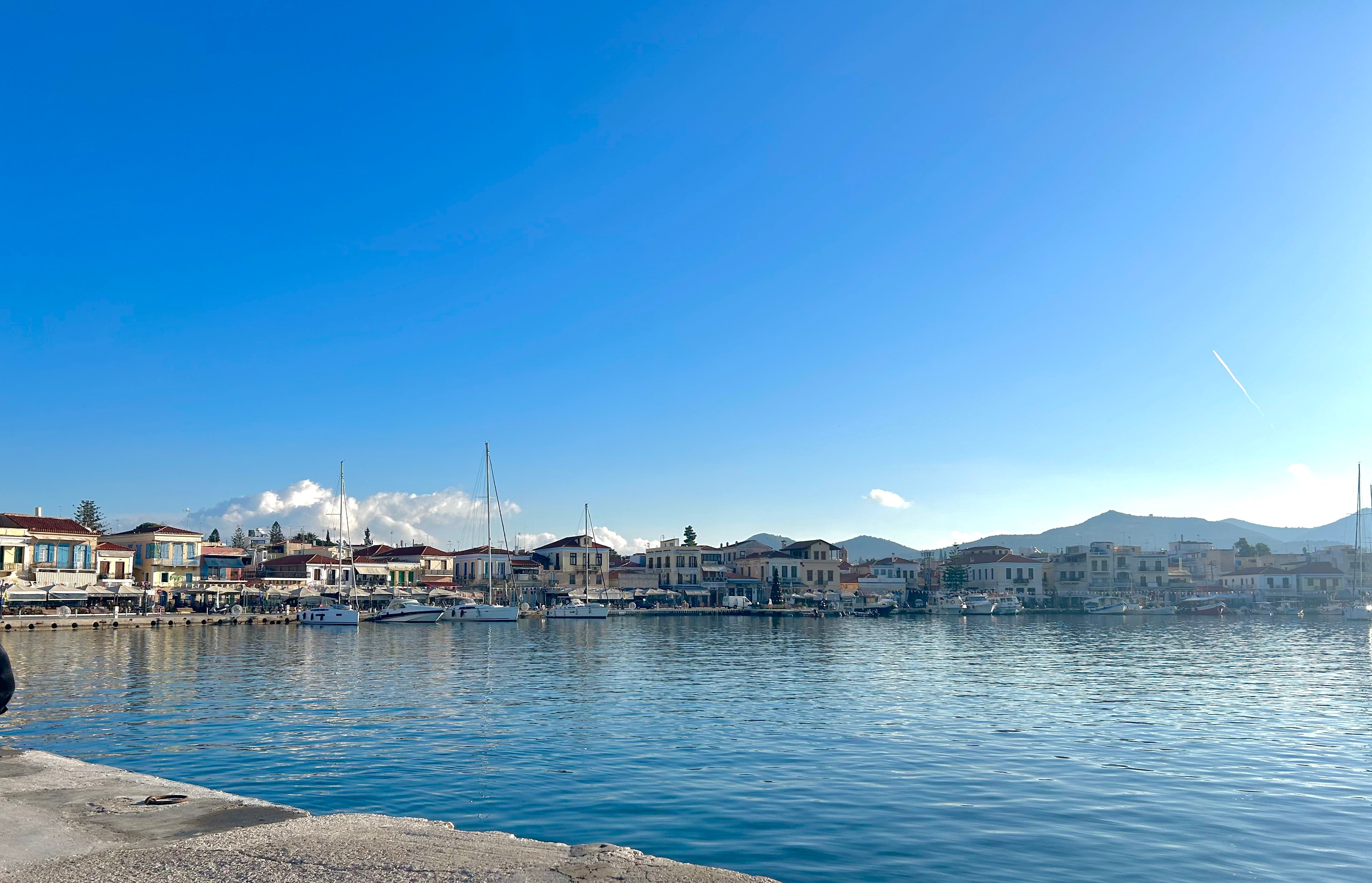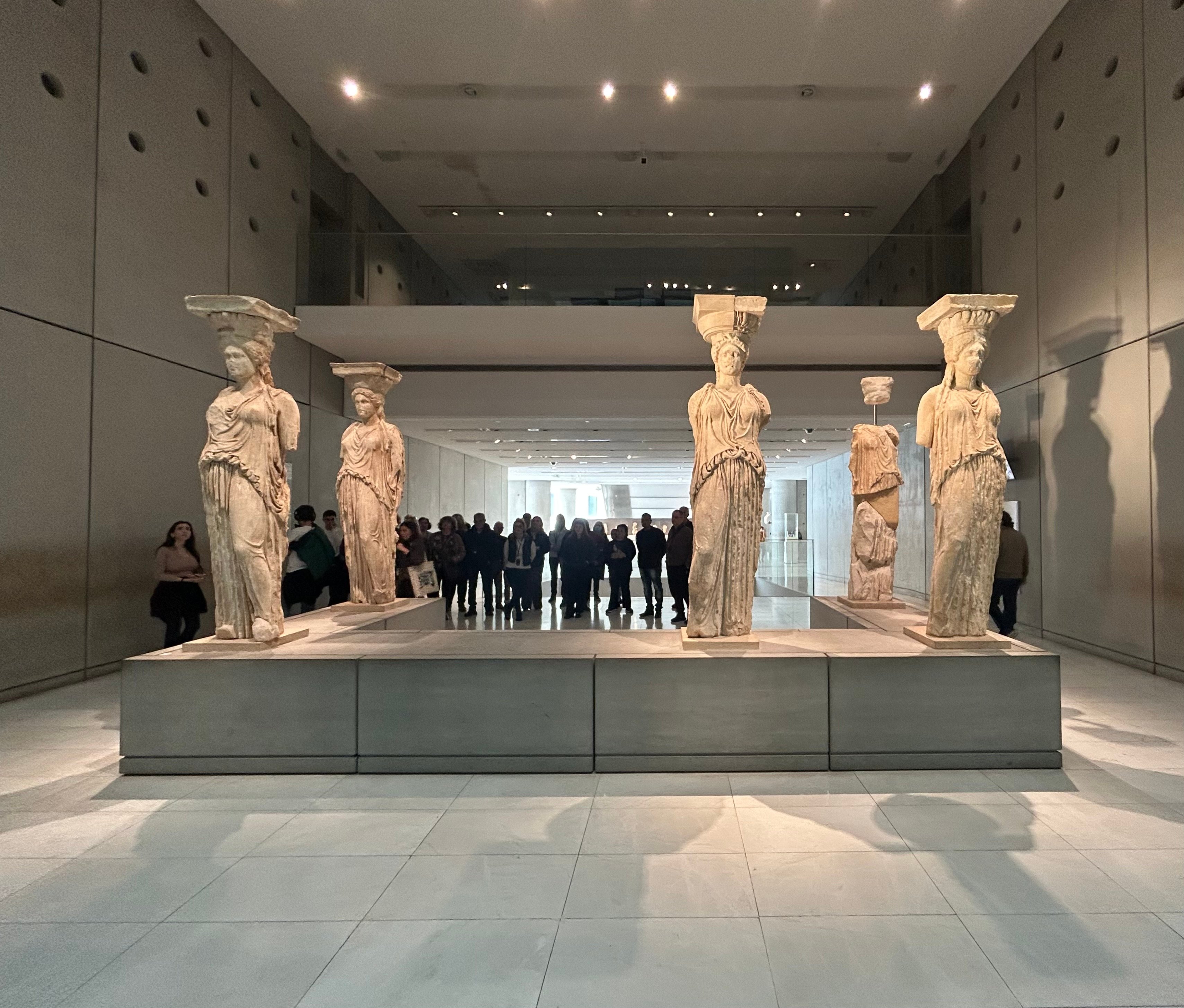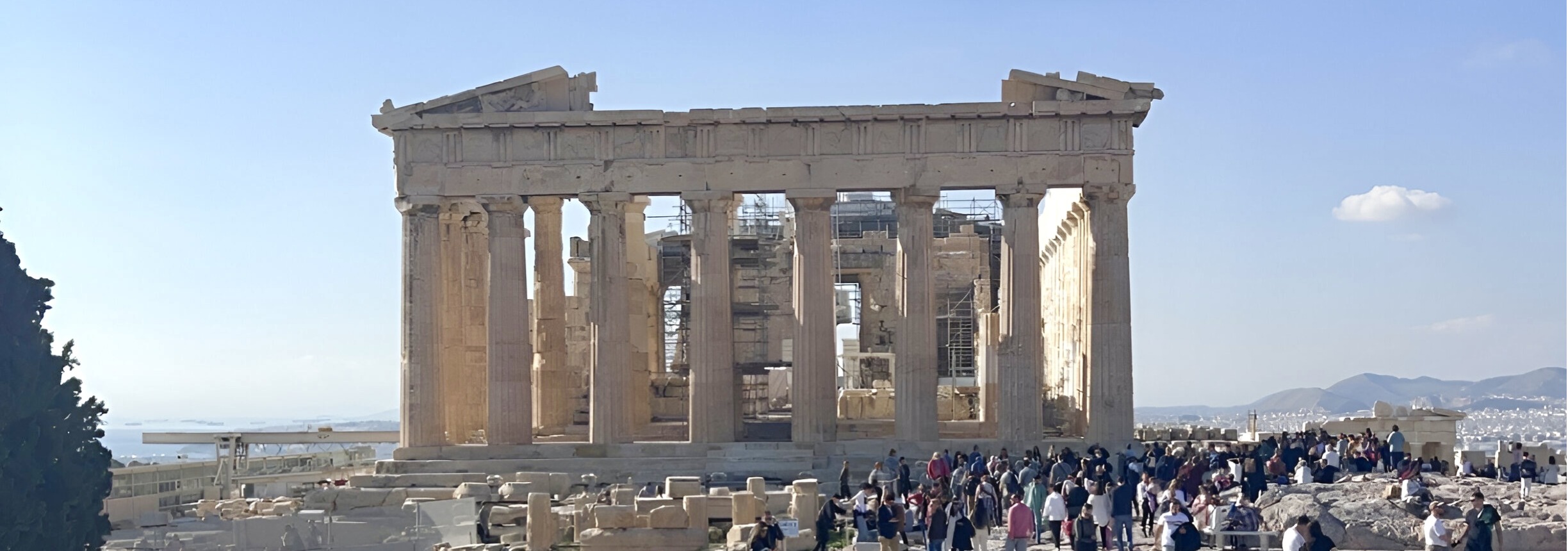For those who live near or have visited major cities in the United States, such as Chicago, New York or even Los Angeles, there’s a certain image that our brain begins to associate with metropolises – packed streets, the scuffle of hundreds of feet hurrying along the sidewalk, flashing signage and the sweet sounds of angrily honking cars. And while this may be an accurate representation of other cities around the world as well, Athens is a special exception.
Because of its unique appearance and defiance of all preconceived notions, here’s a comprehensive guide to everything travelers need to know before visiting the ancient city of Athens.
An Overview
The Look
When travelers first arrive in the city, its physical appearance will likely come as a shock. The virality of Santorini and other Greek islands has visitors associating the entirety of Greece with aesthetics, and in reality, the mainland is far more “average” than that. One of the first things travelers will note as different is the short structure of the buildings. While Athens is a sprawling city and home to millions of residents, skyscrapers are practically nonexistent, and that’s for one main reason: the Acropolis. The historic temple is the shining star of Athens, and with the current layout of the city, visitors can see the attraction from nearly every vantage point in the central squares — blocking this unique view with skyscrapers wouldn’t be ideal.
Another element of Athens that may differ from travelers’ expectations is the physical setup of the buildings. All over Greece, polykatoikias are common; it’s the equivalent of an apartment building with a storefront on the ground level. They aren’t conventionally pretty and tend to be painted in muted colors, splashed with graffiti.

Language
It should come as no surprise that the locals predominantly speak Greek. However, because Athens and the Greek economy as a whole rely on tourism, many shop owners, servers and hotel employees know enough English to have basic interactions with visitors. Additionally, travelers will find that signage, menus and other written documents appear in both languages, making getting around a little bit easier.
I do have to say though, as someone who recently returned from Greece spending about a week in Athens, knowing the basics of Greek goes a long way with the locals. Expecting them to speak your native language in their home country doesn’t bode well with them, and they do appreciate attempts at incorporating Greek terminology into conversations.
Weather
Trying to figure out the weather for any destination that doesn’t sport a similar climate to your own can be a challenge. I visited in early-to-mid-January and experienced high 50s to low 60s during the day. The sun was shining, and it was a pleasant temperature, though some locals noted that the weather was warmer than they’d seen in years past. As always, keep an eye on the forecast before departing, but remember that 60 degrees Fahrenheit in Greece is a warm 60, generally not cold.
Logistics
Looking for a place to stay? Hotel Parthenon is a great option. It is a highly sought-after accommodation during peak season, and prices dramatically increase, but travelers visiting outside that window will find the rates to be quite reasonable. Hotel Parthenon is located near the exact center of the city, with the entrance to the Acropolis roughly a block away. It’s also conveniently near a metro station should travelers want to head out and explore other areas of Athens.
Speaking of the metro, the city admittedly falls in a weird middle ground of “walkable” and “needs public transportation to get anywhere.” Visitors sticking to the surrounding area will find that most attractions and places are a 15-to-20-minute walk. For those itching to explore Athens with an off-the-beaten-path lens, a metro pass is necessary — five days and unlimited rides is only a little over $8.
The metro system itself is relatively easy to use. There are three main lines, red, blue and green, and graphics around the station illustrate each line’s route. Travelers stopping through Athens on a quick trip will likely only utilize the red line, and those embarking on a day journey to a nearby island will want to use the blue.

Things To Do
Of course, visiting the Acropolis is one of the first things visitors should do. Budget travelers should note that the first Sunday of every month offers free entry, though naturally, the discount does make it a busy day to go. There are a fair number of stairs on an incline, so be sure to put on those walking shoes and dress appropriately. On top of the Acropolis, travelers will find two structures: the main one, the Parthenon, and another off to the side, the Erechtheion, both of which are dedicated to the goddess Athena.
Located at the base of the Acropolis and across the street, the Acropolis Museum is worth exploring, as there are hundreds of intriguing artifacts housed here. Some of the original metopes — the squares around the Parthenon engraved with different scenes — are displayed in addition to pieces of burnt marble from the numerous burnings of the Acropolis.
An equally important piece of history, the museum is also known for one other major artifact: the caryatids. These female statues were a part of the Erechtheion, supporting some of the weight of the temple. Today, the originals are inside the museum to protect the integrity of the marble, though only five of the six are displayed, with the last one currently housed in the British Museum. It is a point of great contention for the Greeks, so much so that the Acropolis Museum has saved a spot in the display in hopes of a return of the final sister.

Naturally, as an ancient city, most of the recommended activities are rooted in history, and these next few are no different. The Panathenaic Stadium is another fan-favorite attraction in Athens, as it represents a cornerstone of Greek culture. Built for the first modern Olympic Games in 1896, the stadium is constructed entirely from marble and remains the oldest stadium in operation. It costs 10€ to enter the grounds and sit on the benches, though visitors can still snap a shot of the stadium from the outside for free.
A short walk away from the Panathenaic Stadium is the Hellenic Parliament building, an especially popular stop in the summer months. Here, visitors can witness the ceremonial changing of the guards, an event that takes place on the hour. The Athens National Garden is located across the street as well, ideal for a casual stroll taking in Greece’s vibrant greenery available year-round.
Food
Like many European countries, Greece is heavy on the café culture. These restaurants always look extra luxurious, but don’t be fooled — they’re often reasonably priced. Menus are typically posted by the outdoor seating areas, so feel free to take a peek at the pricing before grabbing a seat, but it’s likely travelers will be pleasantly surprised at what they can get for under 20€.
For visitors staying in the city center, Lukumades is divine for a traditional sweet treat and, o Gyros Pou Gyrevis serves the tastiest gyros you’ve ever tried. Don’t forget to swing by Leonidas for a cheap, delicious cup of coffee too!






comments